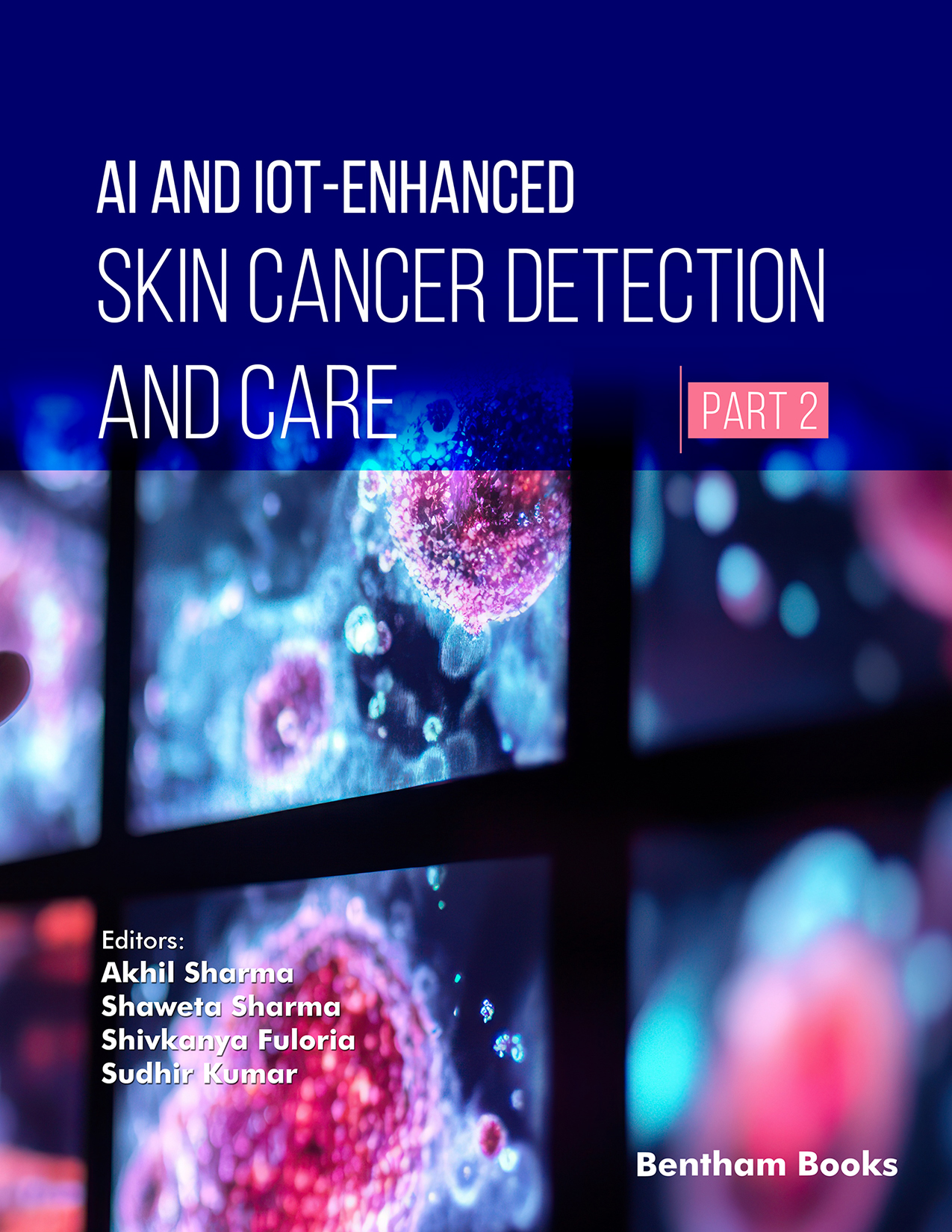Introduction
This two-part series examines how AI-powered image analysis and IoT-enabled devices enhance diagnostic precision, facilitate real-time monitoring and early detection through connected sensors. Together, these technologies bridge gaps in access, reduce diagnostic subjectivity, and support remote patient care. The books also address vital considerations such as data privacy, security, and ethical implications in digital healthcare. Highlighting both current applications and future directions, the series emphasizes interdisciplinary collaboration to advance AI and IoT-driven dermatology for improved clinical outcomes and equitable healthcare delivery.
Key Features:
- - Explores the convergence of AI and IoT in skin cancer detection and care.
- - Highlights advanced imaging, data analytics, and sensor-based monitoring.
- - Discusses challenges related to privacy, ethics, and healthcare accessibility.
- - Showcases current research and innovations targeting early and precise diagnosis.
- - Bridges medical, technological, and policy perspectives for holistic insight.
Target Readership:
Designed for researchers, clinicians, biomedical engineers, data scientists, healthcare professionals, and policymakers seeking a comprehensive understanding of emerging AI- and IoT-based solutions in dermatological care.

